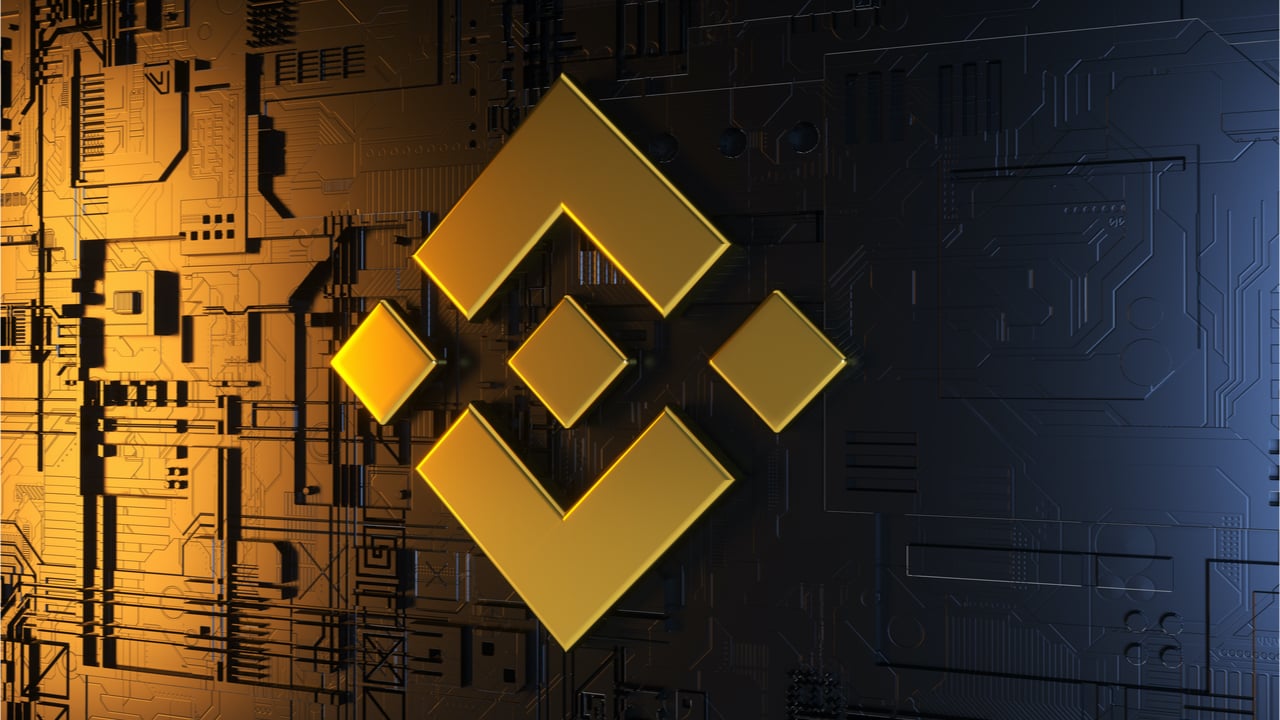
Anchorage's new service comes in anticipation of the Ethereum network’s long-promised shift proof-of-stake consensus.
Anchorage Digital, a San-Francisco-based digital platform that owns the first federally chartered crypto bank, will open an option to stake the Ethereum (ETH) for institutions. This move comes in anticipation of the Ethereum network’s long-promised shift from proof-of-work (PoW) to proof-of-stake (PoS) protocol.
Anchorage announced on Tuesday its intention to introduce ETH staking — a practice of earning rewards for serving as a transaction validator in the Ethereum blockchain — for institutions. Diogo Mónica, co-founder and president of Anchorage Digital, called staking a win-win for institutional investors and the ecosystem:
“By paving the way for institutions to stake their Ethereum, we’re providing heightened legitimacy to market-tested assets–and in the process, eliminating any hot wallet risks for institutions looking to generate new earnings from crypto.”
The announcement emphasizes Anchorage’s high expectations from the upcoming upgrade of the Ethereum network that will connect its mainnet with the PoS system, coordinated by the Beacon Chain. This feature should allow investors to collect rewards on their ETH in custody by staking with an Anchorage validator. After the Merge, validators would earn not only the block rewards but also the transaction priority fees that were previously going to miners.
Related: Ethereum’s Merge FOMO isn’t priced in, making a spike to $2.6K a possibility
The Beacon Chain was launched as a part of Ethereum’s transitory roadmap in December 2020. In June 2022, Ethereum opened the Sepolia testnet, which would begin reaching consensus using PoS rather than PoW. The official merge date on the Ethereum mainnet has been pushed back several times. It is now slated for completion by August 2022, but that date could be delayed further due to a separate delay in the difficulty bomb.
Last month, Anchorage formed an exchange custody network with five digital asset trading platforms — Binance.US, CoinList, Blockchain.com, Strix Leviathan and Wintermute — to segregate institutional client funds from exchanges into regulated asset vaults. Back in December 2021, a company secured $350 million in a funding round led by investment bigwig KKR.














